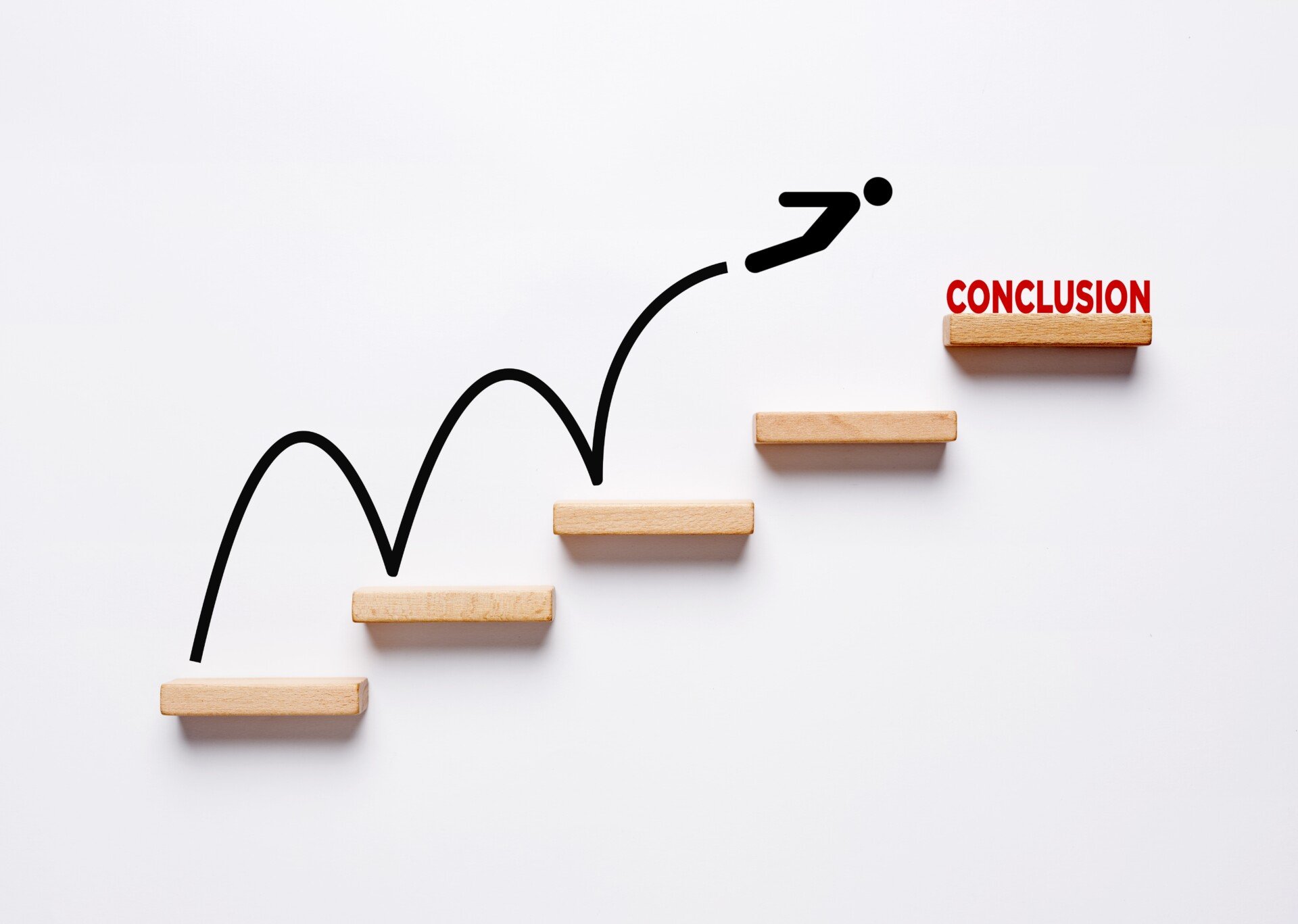Jumping to conclusions is a common cognitive distortion where people form beliefs or make decisions without enough evidence. This mental shortcut often leads to anxiety, miscommunication, and unhelpful assumptions.
In psychology, jumping to conclusions is classified as a thinking error—an automatic, often irrational pattern that reinforces negative beliefs. It’s especially common in people with anxiety, as the mind quickly fills in gaps with worst-case scenarios.
Download our free reflection sheet on this topic:
Jumping To Conclusions Reflection Sheet
There are two main subtypes:
- Mind reading: assuming you know what someone else is thinking.
- Fortune telling: predicting a negative future outcome as if it’s certain.
“I always think people are mad at me or I did something wrong when I know I didn’t… I never ask, I just keep it to myself, but it definitely can be tiring.”
Mind reading vs fortune telling
| Mind Reading (assuming thoughts) | Fortune Telling (assuming future) |
|---|---|
| You infer what people think or feel, often in a negative way, without them saying so. Example: “My friend didn’t text back; I just know they’re upset with me.” | You predict how situations will turn out, expecting a bad outcome as inevitable. Example: “I have a presentation tomorrow; I’m sure I’ll mess it up and everyone will judge me.” |
Both forms involve taking a small hint and spinning a whole story around it – a story that feels real but isn’t grounded in confirmed facts
Examples in everyday life
The Silent Phone
After a great first date, Zach sends a text to say he had fun. A few hours go by with no reply. Zach’s mind races: “She’s not interested anymore; I blew it.“
In reality, Carrie was just busy with work. By the next morning she replies enthusiastically – proving Zach’s anxious mind reading wrong.
The Exam “Failure”
Dan struggles in math and has a big exam next week. He instantly “assumes he’ll do terribly,” so he figures why bother studying and all but gives up.
This is fortune telling at work – Dan predicts failure with zero evidence, and as a result of not studying, he fulfills his own prophecy with a poor grade. (Had he prepared, the outcome might have been very different.)
The Unsmiling Boss
Anyta walks into the office and cheerily says good morning to her boss. He gives no smile in return. Immediately, she feels a wave of panic: “He must be mad at me… Did I do something wrong?”
All morning, she’s distracted, combing through yesterday’s interactions for a mistake. In fact, her boss’s neutral mood had nothing to do with her, but her mind reading interpretation leaves Anyta anxious and convinced she’s in trouble.
Social Media Spiral
Scrolling online, Priya sees two close friends hanging out without her. She suddenly concludes “They’ve excluded me on purpose; they must not value me anymore.” Hurt and upset, Priya doesn’t reach out.
Days later, she learns it was a spontaneous meet-up, no slight intended – another painful reminder that her instant assumptions were off-base.
Panic and Assumptions
After having a panic attack in front of coworkers, Emma immediately “believes everyone who saw it will think badly of her… She’s sure her boss will fire her for being ‘unstable’”.
Here both flavors of jumping to conclusions combine – mind reading (assuming colleagues are judging her) and fortune telling (predicting she’ll be fired). In reality, her colleagues were concerned and her boss was unaware that anything had happened.

Why We Jump to Conclusions
This distortion is fast, automatic, and emotionally charged. It’s shaped by brain shortcuts, emotional patterns, and past experiences.
1. Mental shortcuts (heuristics)
Human brains evolved to make quick judgments – a handy skill when reacting to danger or making everyday choices.
These mental shortcuts, known as heuristics, let us bypass full analysis by using past experiences or “rules of thumb” to guess what’s happening.
Most of the time, this works fine and saves mental energy. However, heuristics can misfire, leading to cognitive biases.
Jumping to conclusions is essentially a fast-but-flawed heuristic: the brain fills in gaps in information with whatever theory feels most salient or familiar, sometimes a worst-case scenario.
2. Emotional reasoning
Emotional reasoning means we use our emotions as evidence for conclusions (“I feel anxious, so something bad must be happening”).
If you’re already nervous or self-critical, you’re primed to assume the worst. In fact, the conclusions we jump to often reflect our deepest fears and insecurities, not reality.
A therapist notes that when we mind-read, “we’re not actually reading someone else’s thoughts; we’re projecting our own worries onto them.”
3. Prefrontal cortex & impulsivity
Neuroscience research found that under uncertainty, a region of the prefrontal cortex (the brain’s decision-making center) may act as a trigger that makes us “jump” to a decision quickly.
So when a situation is ambiguous and we crave clarity, the brain might flip a switch to one-shot learning – grabbing any available clue and locking in an interpretation.
This can help in fast learning, but it also explains why we are most prone to jumping to conclusions when we feel unsure or insecure about what’s happening
4. Social learning and past experience
If you grew up with critical or anxious family members, you might have internalized a habit of expecting criticism or disaster.
For example, a child who was frequently criticized might become extra sensitive to signs of disapproval from others, jumping to the conclusion they’re being judged at the slightest hint (a tone of voice, a glance).
Traumatic experiences, or simply a series of negative social encounters, can also wire us to jump to negative conclusions faster as a defense mechanism.
How It Affects Mental Health
Jumping to conclusions often goes unnoticed but can deeply impact thoughts, emotions, and behavior.
Anxiety and depression
Jumping to conclusions fuels a cycle of worry and fear. If your immediate thought is “something is wrong,” your body reacts with stress as if it were true. Over time this can contribute to chronic anxiety.
Rumination (repetitive anxious thoughts) often goes hand-in-hand with this distortion, as you loop over the imagined catastrophe.
This can worsen or maintain depression too – negative conclusions about the future (“What’s the point, it’ll be awful”) breed hopelessness.
Strained relationships
Jumping to conclusions is a recipe for misunderstandings. If you mind-read a negative intent in someone’s actions, you might respond defensively or withdraw – and ironically create conflict where there was none.
Communication suffers because you’re reacting to an imagined narrative rather than checking the facts. Loved ones may feel they are constantly misunderstood or walking on eggshells around you.
In relationships, this distortion can manifest as jealousy or distrust (jumping to conclusions about infidelity or dishonesty), causing frequent arguments.
Self-esteem
If you consistently jump to the conclusion that others are thinking badly of you, you live under a cloud of perceived judgment. This often reinforces negative self-beliefs like “I’m unlikeable” or “I always mess up.”
Over time, this reinforces a vicious cycle: the more you believe those distortions, the more readily you’ll jump to confirming conclusions. It can lead to constant self-doubt and feelings of worthlessness.
Avoidance and poor decisions
When your mind is made up prematurely (and usually pessimistically), it can skew your choices. Fortune-telling often leads to avoidance: “I just know I’ll embarrass myself at that event, so I won’t go.”
By avoiding challenges or conversations based on a hasty conclusion, you may miss out on opportunities for growth, fun, or connection.
You might cut off friendships or quit projects early because you assume how it’s going to turn out. Essentially, your bias toward a negative conclusion becomes a fixed mindset that narrows your options.
Spotting It in Yourself
The first step to change is awareness. Look for these signs:
- Certainty without evidence: You “just know” someone feels a certain way, even if they haven’t said anything.
- Sudden negative emotion: A wave of anxiety or shame follows a small, ambiguous event—like a short reply or an unread message.
- All-or-nothing thinking: A single event becomes proof of a larger truth: “I didn’t get that job—I’m hopeless.”
- Physical tension: Tight chest, racing thoughts, or restlessness can follow a jumped-to conclusion, even if the situation hasn’t escalated.
Self-Check: Am I Jumping to Conclusions?
- Did I decide this very quickly, maybe too easily? (Quick judgments can mean you leapt to an answer your brain already favors.)
- What facts do I actually have, and what am I filling in? (List what you objectively know vs. what you assumed.)
- Is this thought based on how I feel rather than what I’ve observed? (“I feel insecure, therefore others view me poorly” is emotional reasoning, not evidence.)
- Have I been wrong before in similar situations? (If yes, remind yourself this could be another false alarm.)
- Did I consider any alternative explanations or outcomes? (If not, that’s a sign your mind locked onto one storyline too fast.)
How to Stop Jumping to Conclusions
Changing thought patterns takes time, but CBT-based techniques can help break the cycle.
1. Check the evidence
When you feel certain about a conclusion, pause and ask: What’s my proof?
Write it out if needed. Often, the evidence is weak or based on a feeling, not facts.
“I ask clients: What would a detective say? Is this proven? It helps create distance from the thought.” — CBT therapist
2. Consider alternatives
List other possible explanations.
Instead of “They’re mad at me,” try:
- “Maybe they’re busy.”
- “Maybe it has nothing to do with me.”
Opening up more interpretations reduces emotional intensity.
3. Use Socratic questioning
Ask yourself:
- “What’s another way to look at this?”
- “What would I tell a friend in this situation?”
- “What happened last time I thought this way?”
These questions challenge the belief’s validity and help you reframe it.
4. Communicate directly
Instead of assuming, ask.
Saying, “Hey, are we okay?” can prevent days of unnecessary worry. Often, people are relieved to be asked rather than misread.
5. Practice mindfulness
Not every thought deserves a reaction. Try labeling the thought:
“I’m having the thought that…”
This creates space between the thought and your identity.
6. Reframe the thought
After challenging it, replace it with something more accurate.
Instead of: “They’re ignoring me,”
Try: “They haven’t replied yet. I don’t know why, and that’s okay.”
7. Build tolerance for uncertainty
Remind yourself: “I don’t need to decide what this means right now.”
You can observe, gather information, and wait before drawing conclusions.
“I tell myself: I’ve misread things before. Let’s wait and see.” — Anxiety support group member
8. Use tools and apps
CBT-based apps like CBT Thought Diary or Moodnotes help track and challenge distorted thinking. These tools guide you through examining thoughts and generating alternatives.

